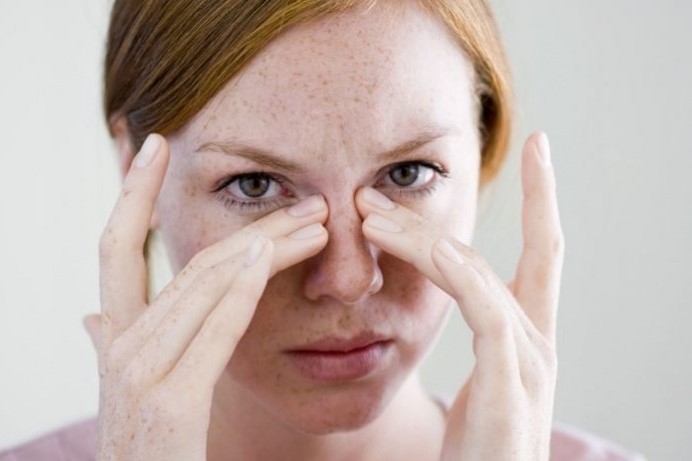
Autoimmune diseases: the sand in the eyes of Sjögren's syndrome
Sjögren’s syndrome is a chronic inflammatory disease of an autoimmune nature: little is known about it, but it is actually quite frequent, considerably disabling and difficult to diagnose
Sjögren’s syndrome: the immune system does not recognise the exocrine (salivary, lacrimal) glands as its own and attacks them, destroying them and causing inflammation
This leads to a reduction in the production of tears and saliva and to dry eyes (dry keratoconjunctivitis) and mouth (xerostomia).
In a small percentage of cases, the disease can also affect internal organs and thus become more complicated to manage, both for the patient and the doctor.
For example, with pulmonary or renal involvement. Or it can cause peripheral vasculitis.
Eighty to ninety percent of those affected are women: the disease mainly affects middle-aged women, close to the menopause (between forty and fifty years of age), but it can also occur earlier, during childhood and adolescence.
There is a problem of delayed diagnosis of Sjögren’s syndrome, so the symptoms may appear early but not be recognised
Sjögren’s syndrome sufferers usually make a pilgrimage through various specialists who, not having seen so many cases, may not immediately identify the disease.
In addition, initial problems such as dry eye, dry mouth or vaginal dryness during the menopausal period can be present in many women, regardless of Sjögren’s syndrome.
And this can be confusing, contributing to a delay in diagnosis.
The syndrome is defined as primary if it develops in people who have no other autoimmune diseases, and secondary when it occurs in combination with another autoimmune disease.
The primary form has a true dignity of autoimmune disease identified by disease-specific autoantibodies, in the secondary form the condition of dryness and glandular atrophy is accompanied by other autoimmune diseases: lupus, scleroderma, arthritis.
Sjögren’s syndrome, the first signs (to watch out for)
The sensation of sand in the eyes, a permanently dry mouth, so that it is not enough to drink a lot, and swelling of the parotid glands, i.e. the swelling of the glands on the side of the face: these are the first signs to look out for and should convince the patient to consult a specialist.
Read Also:
Rare Diseases, Ebstein Anomaly: A Rare Congenital Heart Disease


